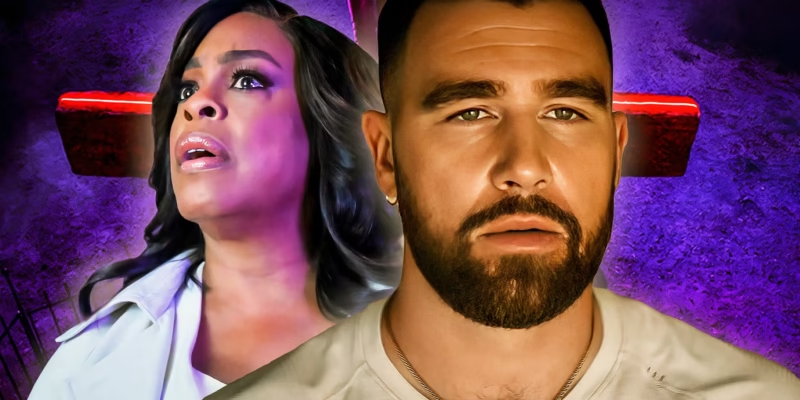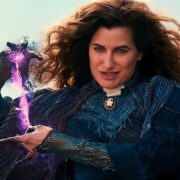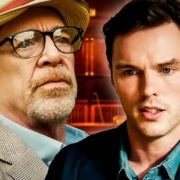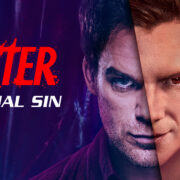The term “cast of grotesquerie” conjures images of a peculiar ensemble, a group bound together by their unusual, often macabre traits. It is a phrase that has gained traction in literature, art, and entertainment, representing characters or elements that are simultaneously intriguing and unsettling. But what makes the “cast of grotesquerie” so captivating to audiences? This article delves into its origins, significance, and how it continues to influence various creative realms.
Origins of the “Cast of Grotesquerie”
The concept of grotesquerie dates back centuries, originating from the Italian word “grottesca,” which describes the bizarre designs discovered in Roman ruins during the Renaissance. These designs blended human, animal, and mythical forms in an imaginative and often unsettling way. Over time, grotesquerie expanded from visual art to literature and theater, forming the basis for characters and narratives that defy conventional norms.
A “cast of grotesquerie” typically refers to a collective of characters, each bearing exaggerated, distorted, or peculiar traits. These traits can be physical, psychological, or moral, emphasizing their deviation from societal norms. Such characters are not merely odd for the sake of oddity but serve to reflect deeper truths about human nature and societal structures.
Characteristics of a “Cast of Grotesquerie”
A “cast of grotesquerie” is characterized by:
- Exaggeration: Features or traits are amplified to an extreme, creating a sense of wonder or discomfort.
- Duality: A mix of repulsion and fascination, often making the grotesque both unlikable and endearing.
- Symbolism: Grotesque characters often serve as metaphors for larger societal or existential issues.
- Ambiguity: The line between comedy and horror is often blurred, keeping audiences in a state of tension.
These elements make the “cast of grotesquerie” an effective tool in storytelling, offering layers of complexity that invite deeper interpretation.
The “Cast of Grotesquerie” in Literature
In literature, the “cast of grotesquerie” has been a recurring theme, particularly in gothic and surrealist genres. Writers like Edgar Allan Poe, Mary Shelley, and Franz Kafka have crafted characters that embody grotesque elements.
- Edgar Allan Poe: His stories often feature protagonists with macabre obsessions or grim fates, creating a psychological grotesquerie.
- Mary Shelley’s Frankenstein: The monster’s physical appearance and existential anguish make him a quintessential member of the “cast of grotesquerie.”
- Franz Kafka’s Gregor Samsa: In The Metamorphosis, Gregor’s transformation into a giant insect epitomizes the grotesque—a physical and emotional alienation.
These authors use the “cast of grotesquerie” to challenge readers, forcing them to confront uncomfortable truths about humanity.
“Cast of Grotesquerie” in Visual Art
Visual art has long embraced the grotesque, with artists like Hieronymus Bosch and Francisco Goya pioneering this realm. Their works often feature a “cast of grotesquerie” that invites viewers into a world of distorted reality.

- Hieronymus Bosch: His paintings, such as The Garden of Earthly Delights, depict fantastical creatures and surreal scenarios that blur the line between beauty and horror.
- Francisco Goya: In his “Black Paintings,” Goya portrays haunting figures that reflect societal fears and personal despair.
Modern art continues this tradition, with surrealists like Salvador Dalí and contemporary artists exploring grotesquerie through abstract forms and unsettling imagery.
“Cast of Grotesquerie” in Film and Television
The “cast of grotesquerie” has found a prominent place in film and television, particularly in genres like horror, fantasy, and dark comedy. Directors and writers often use grotesque characters to push boundaries and provoke thought.
- Tim Burton: Films like The Nightmare Before Christmas and Beetlejuice are prime examples of a “cast of grotesquerie” that blends whimsy with the macabre.
- Guillermo del Toro: His works, such as Pan’s Labyrinth and The Shape of Water, feature characters that are grotesque yet deeply empathetic.
- David Lynch: Known for his surreal approach, Lynch’s films often include a “cast of grotesquerie” that challenges traditional storytelling.
Television shows like American Horror Story and The Addams Family also embrace this concept, creating ensembles that are as entertaining as they are unsettling.
Why the “Cast of Grotesquerie” Resonates
The enduring appeal of the “cast of grotesquerie” lies in its ability to evoke strong emotions and challenge perceptions. These characters often serve as mirrors, reflecting the fears, flaws, and complexities of the human condition. By embracing the grotesque, creators allow audiences to explore the darker corners of their psyche in a safe and imaginative way.
Furthermore, the “cast of grotesquerie” provides a platform for subversion. It defies societal norms and expectations, celebrating individuality and challenging conformity. This rebellious spirit makes it particularly appealing in times of cultural or political upheaval.
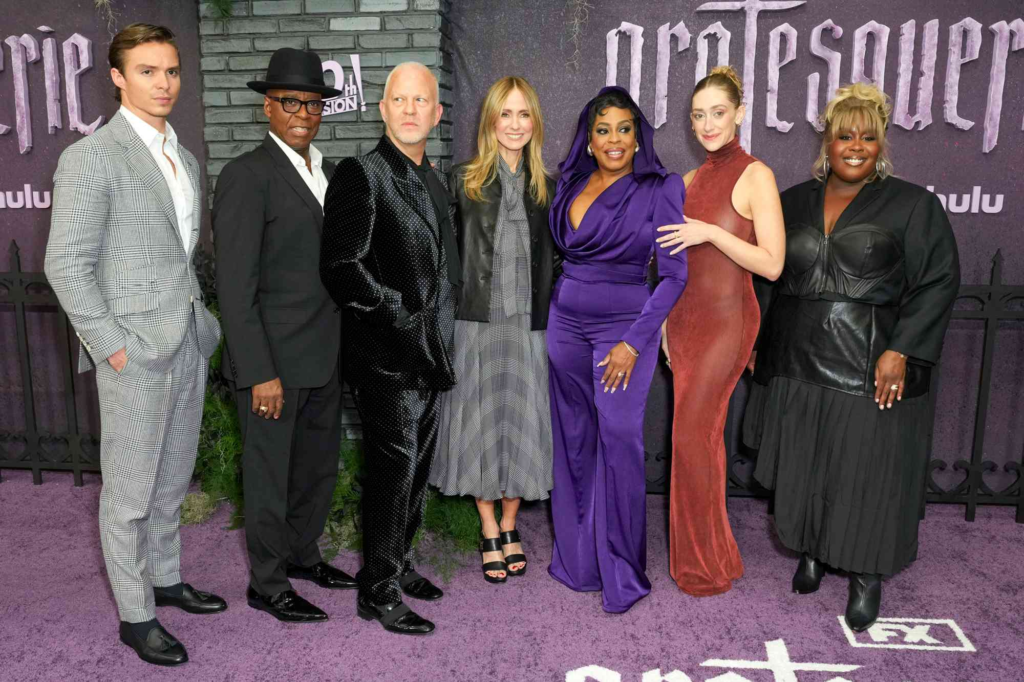
Conclusion: The Timelessness of the “Cast of Grotesquerie”
The “cast of grotesquerie” is more than just a collection of peculiar characters; it is a reflection of the human experience in all its complexity. From literature and art to film and television, these ensembles captivate audiences by blending the familiar with the strange, the beautiful with the horrifying. As society continues to evolve, the “cast of grotesquerie” will undoubtedly remain a powerful and thought-provoking element in storytelling, inviting us to confront our fears and embrace the unknown.


